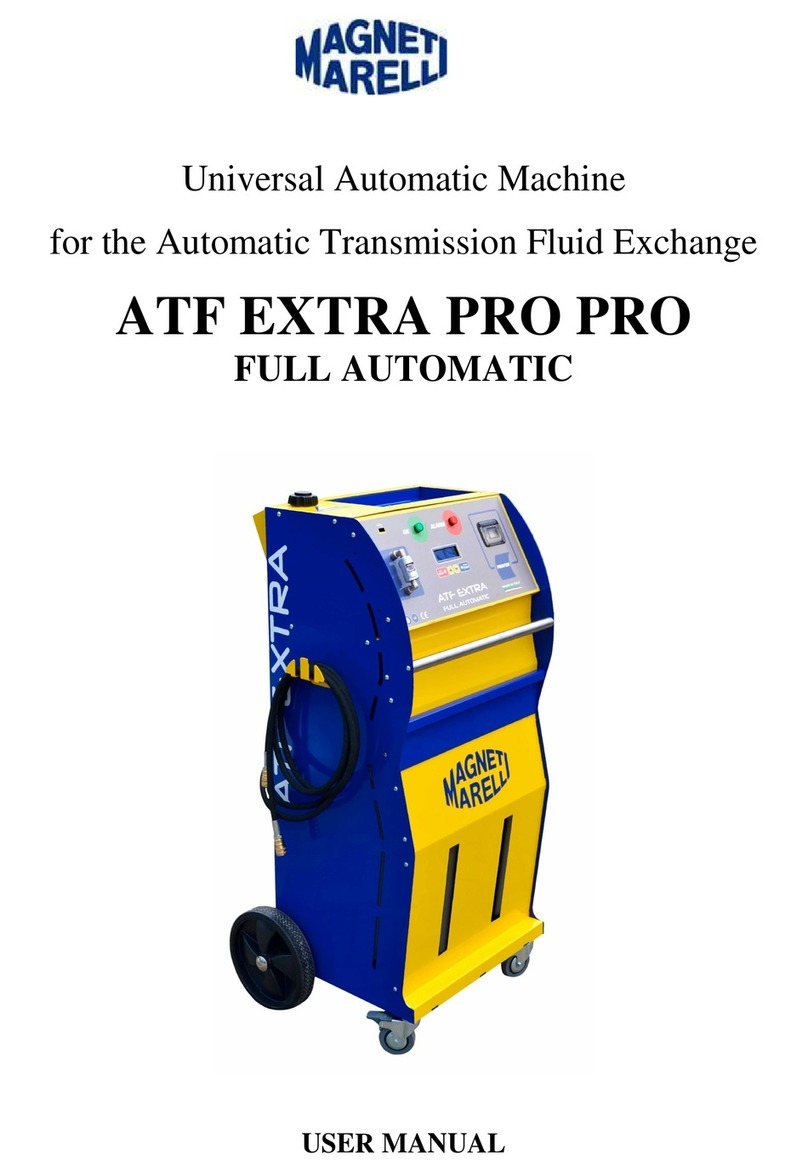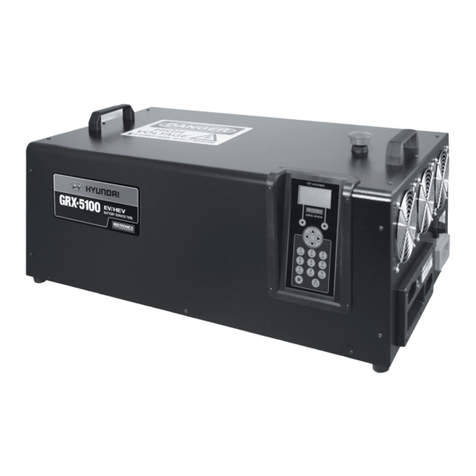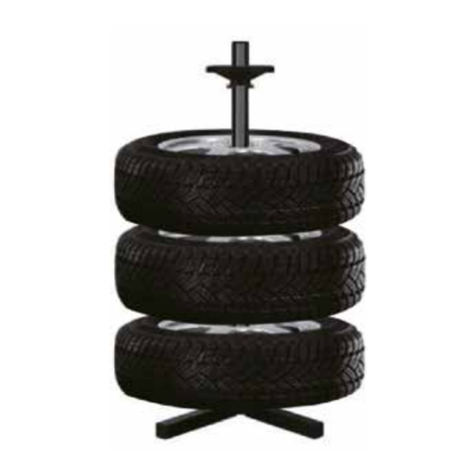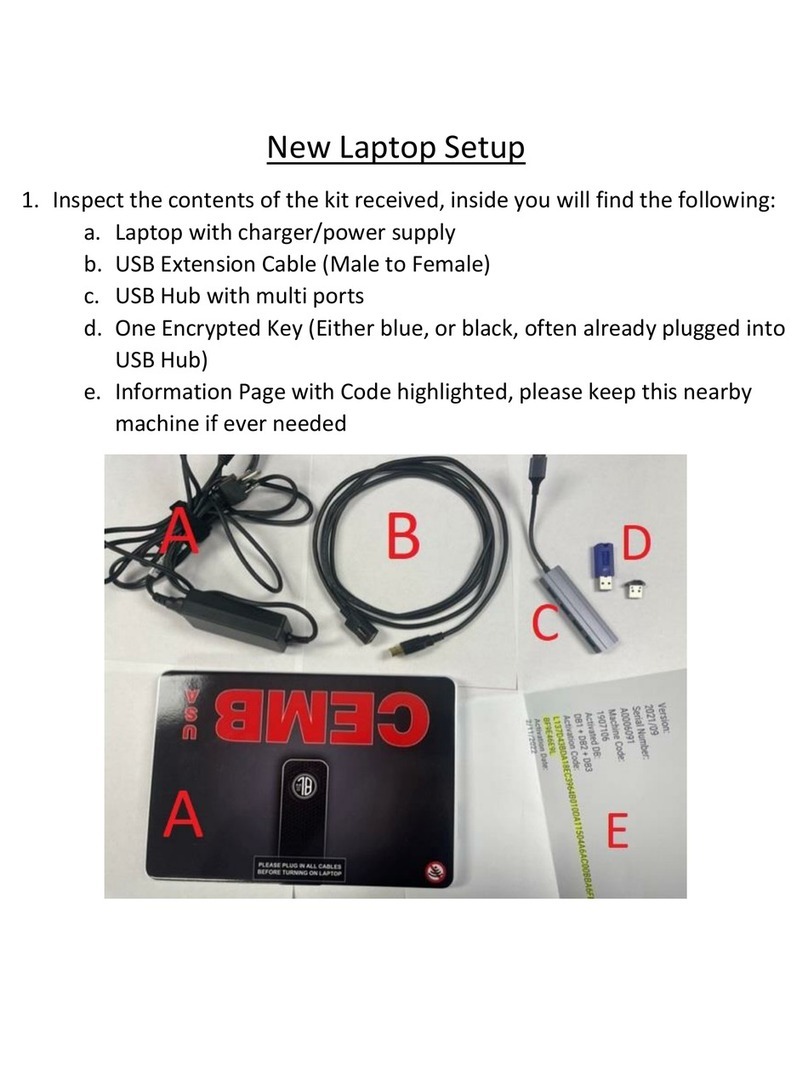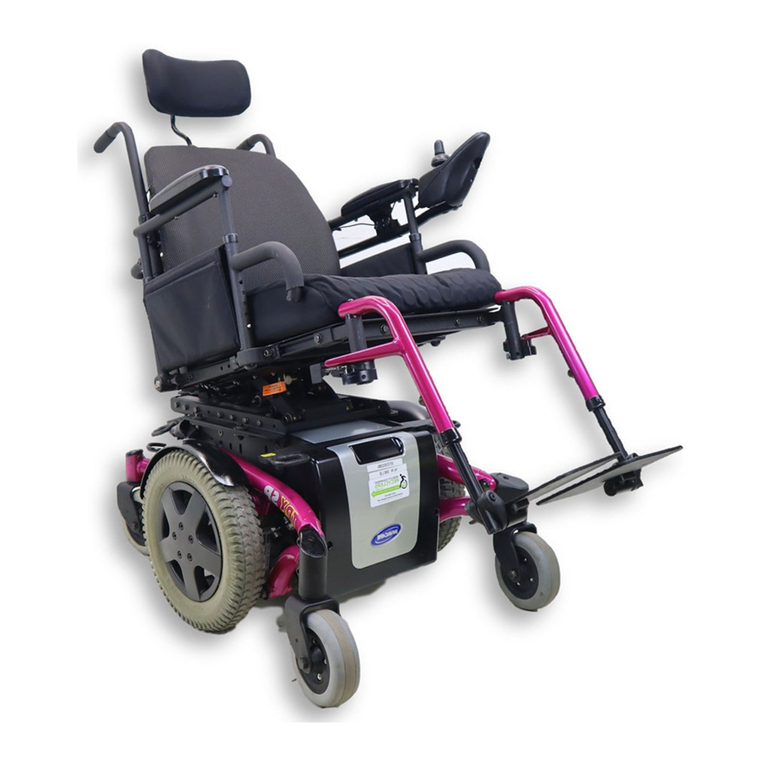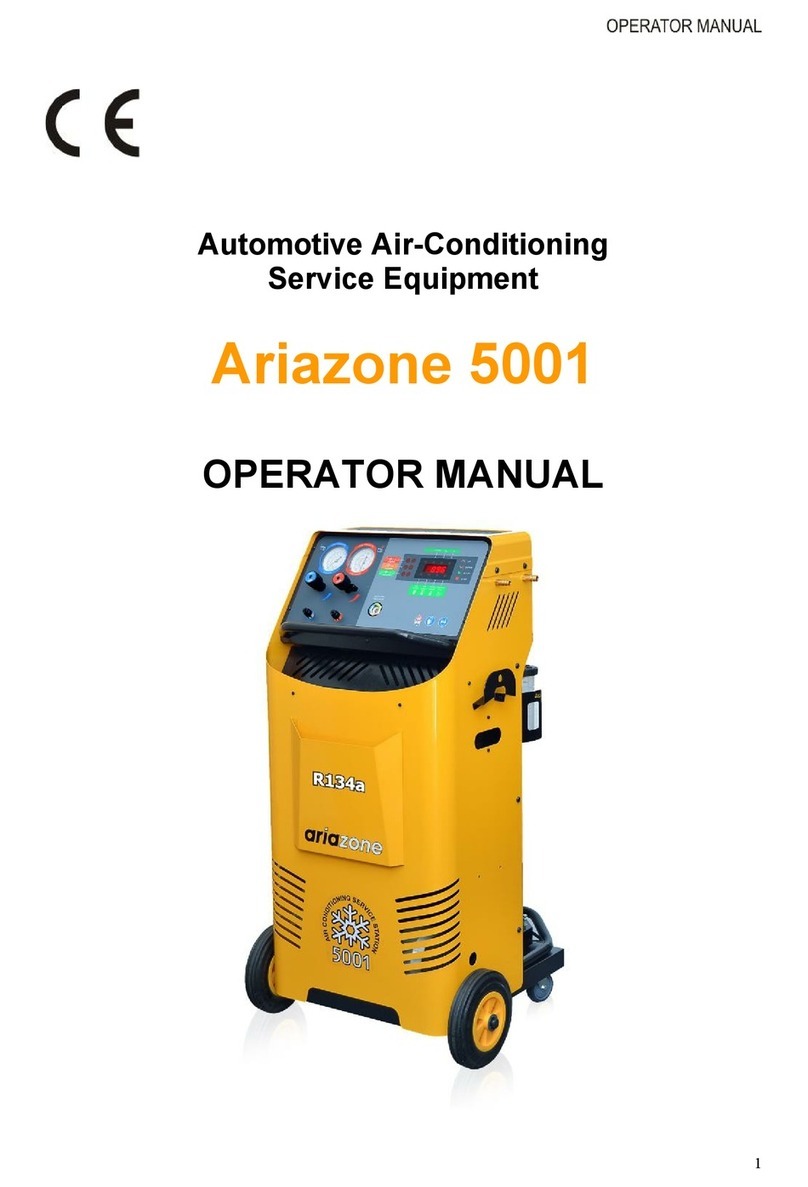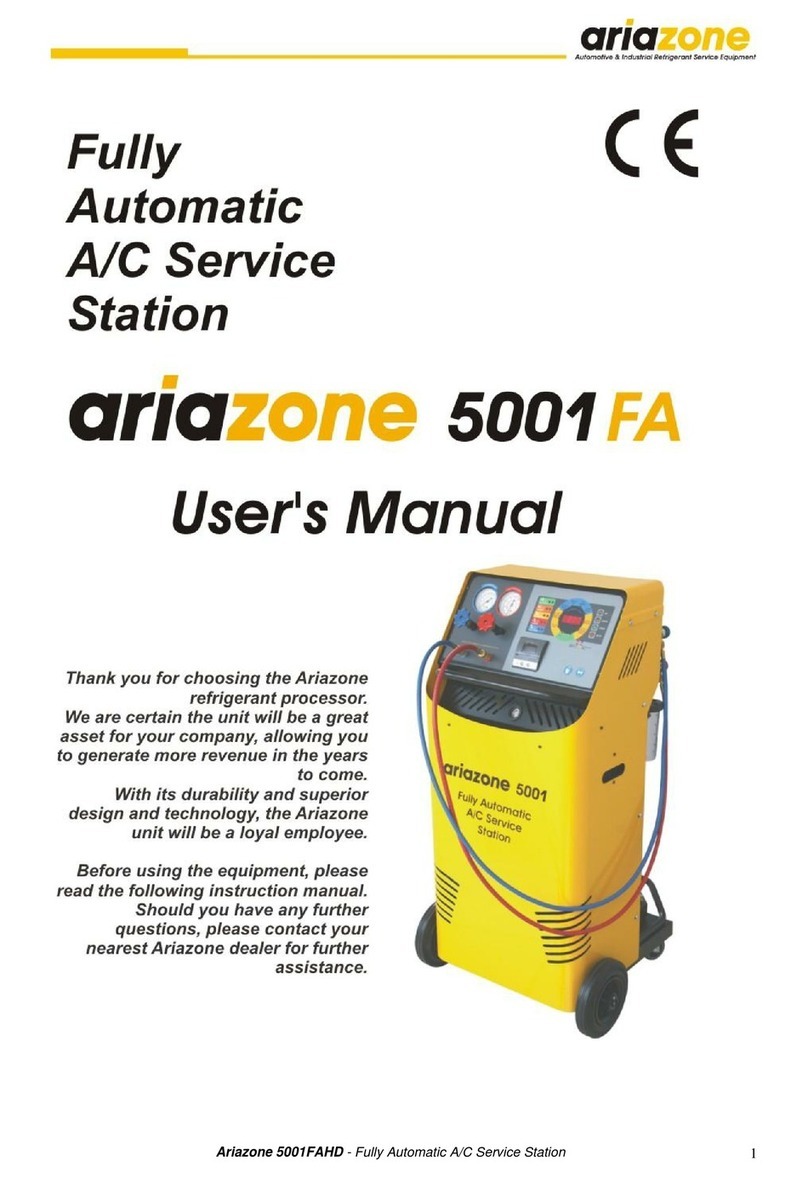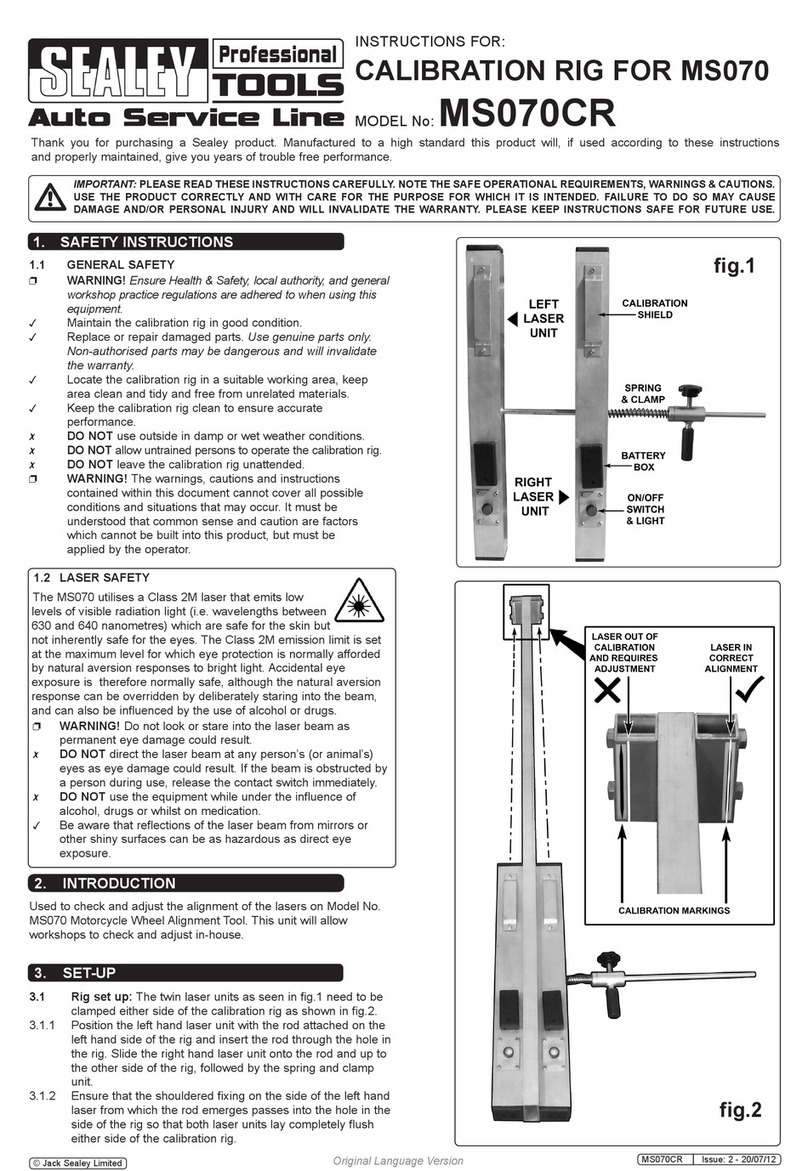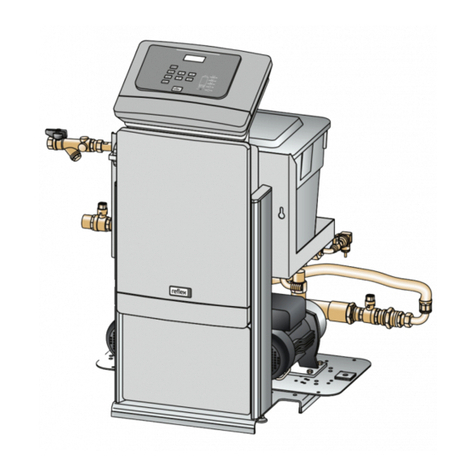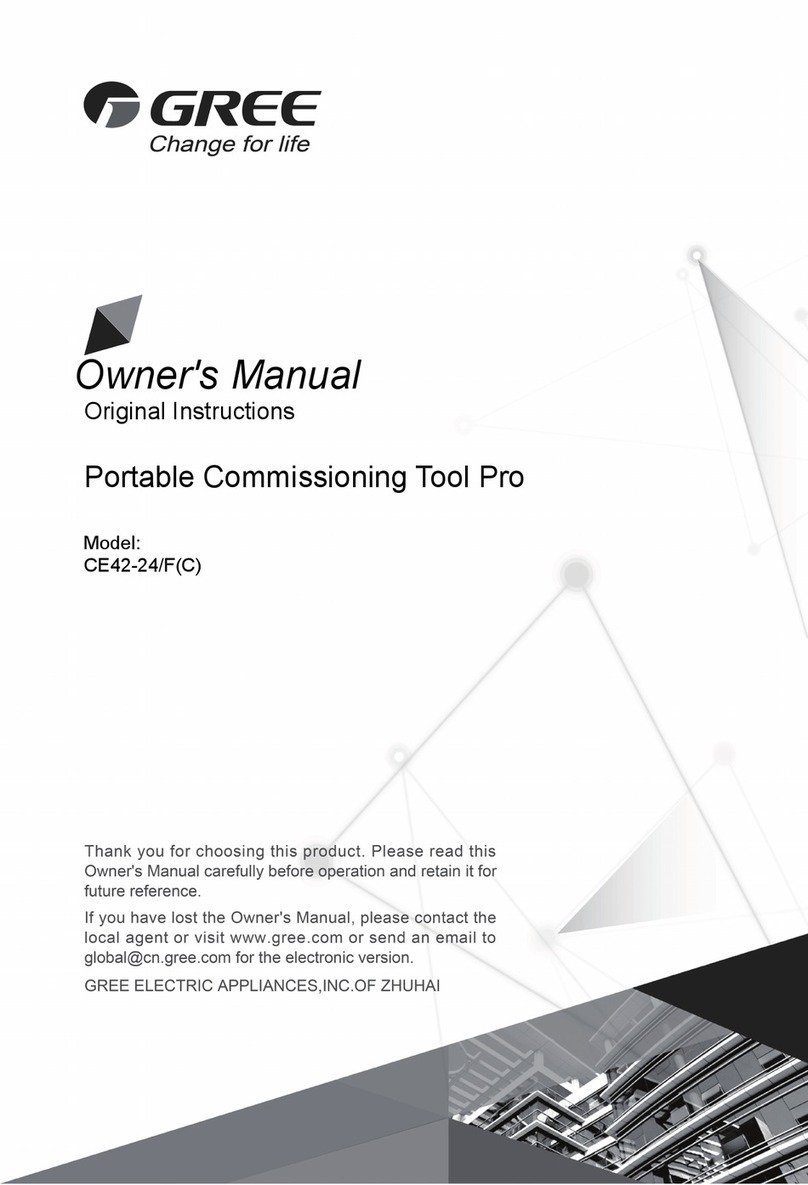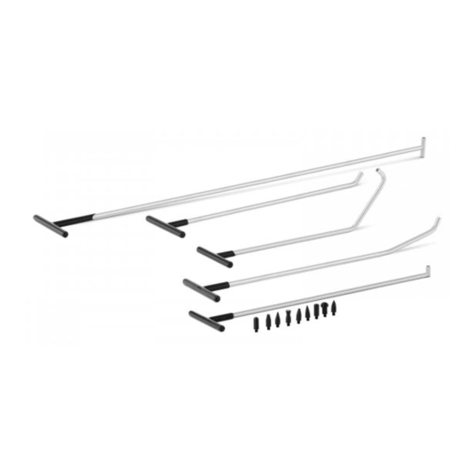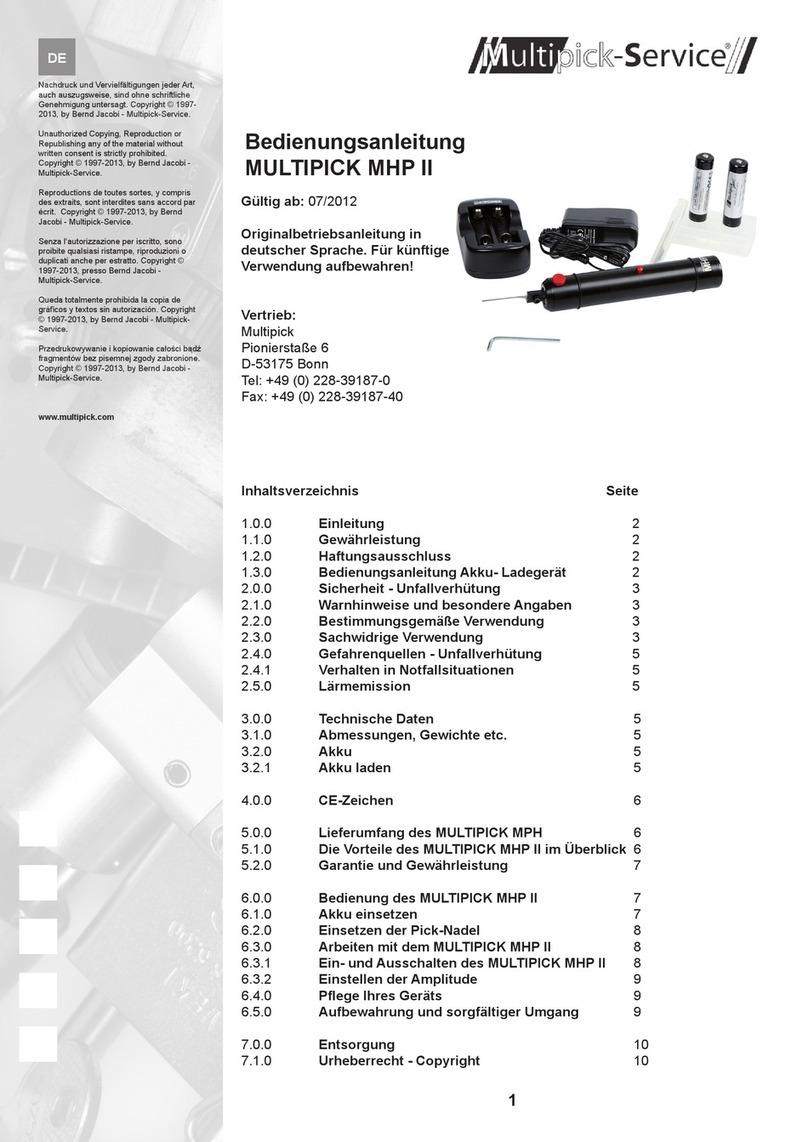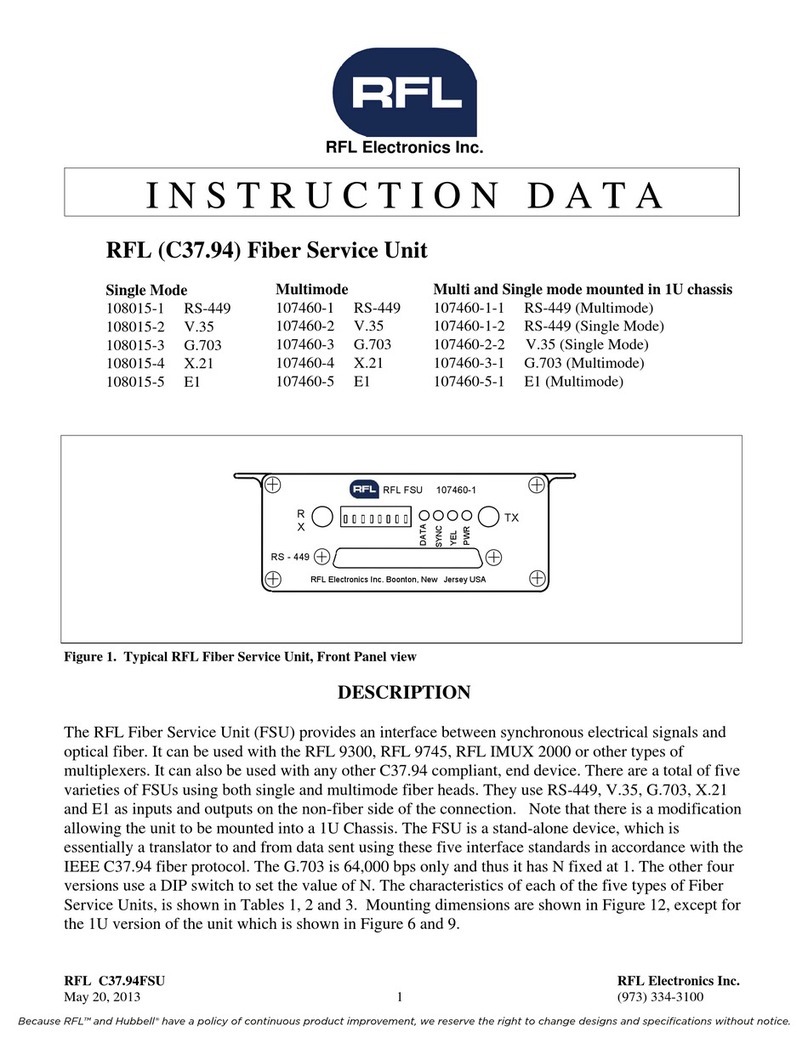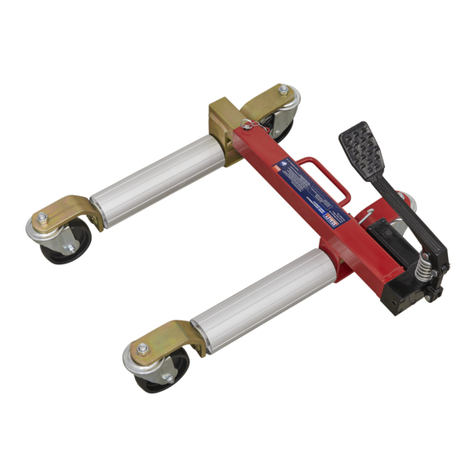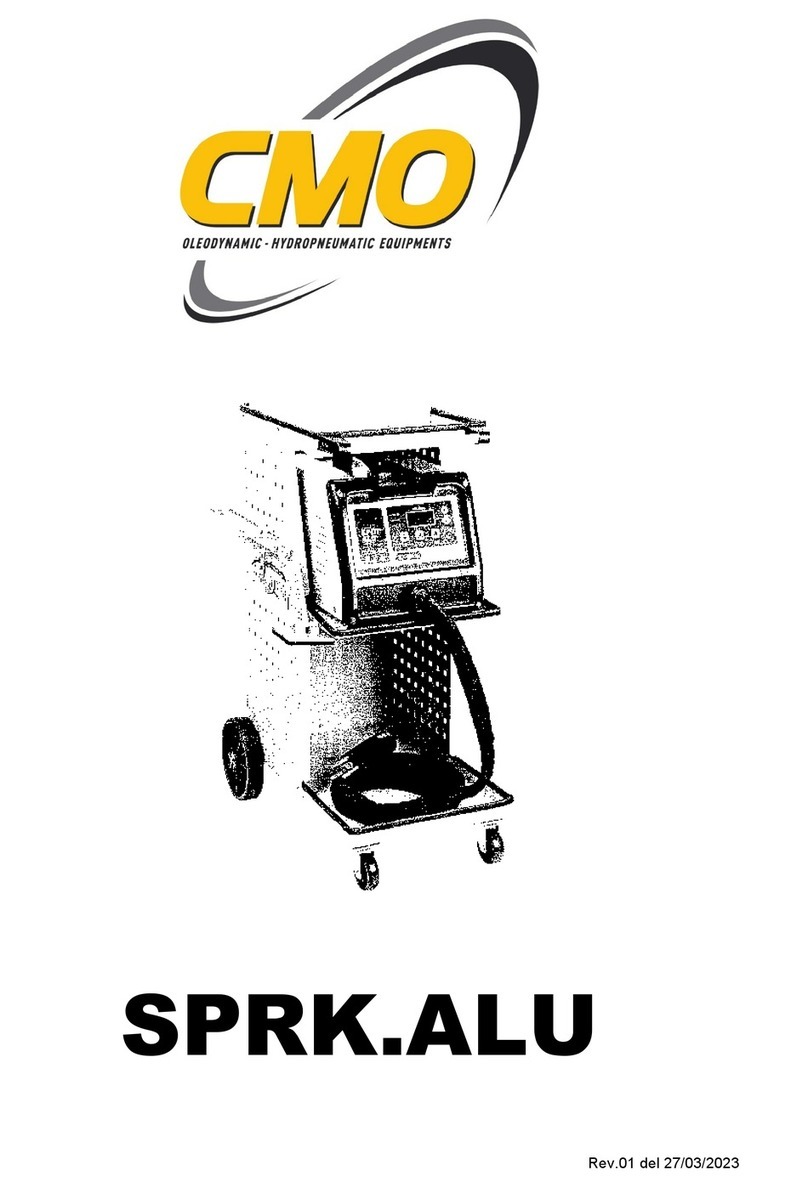
1. Introduction
Ariazone 8001 - Automotive A/C Service Station (Recovery, Recycling, Evacuation and Charging
System) is a user-friendly tool specifically designed for the automotive air-conditioning
technicians, to carry out the following functions:
- Testing air conditioning system
- Recover and recycle refrigerant.
- Gauge amount of refrigerant recovered from air-conditioning system.
- Gauge amount of oil removed from air-conditioning system (if any).
- Evacuate air-conditioning system.
- Charge lubrication oil or UV dye by volume into air-conditioning system.
- Electronically charge refrigerant by weight.
The system provides electronically controlled functions, whilst keeping the operator constantly
informed and in full control.
This unit has been designed and build to be long lasting and with high level of reliability including
maximum safety for the operator. The operator needs only to be responsible for the proper use
and maintenance of the unit, in accordance with the manufacturer instructions found in this
manual.
Important: This manual contains important information pertinent to operator safety,
and must accompany the unit, in the case of sale or transfer to another party.
Manufacturer reserves the right to modify this manual and the unit itself at any time without prior notice.
Environmental information
This product may contain substances that can be hazardous to the
environmental or to human health if it's not disposed of properly.
Electrical and electronic equipments should never be disposed of in
the usual municipal waste, but must be separately collected for
their proper treatment (recycling).
We also recommend that you adopt appropriate measures for
environmental protection: recycling of the internal and external
packaging of the product, including batteries (if any).
With your help it is possible to protect our planet and improve the
quality of life, by preventing potentially hazardous substances being
released in to our environment.
